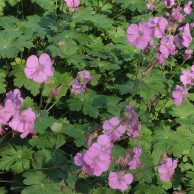
Among our top favorite groundcover plants for low-water, partly-shaded gardens are Cambridge Geranium (Geranium x cantabrigiense) and its best cultivars. They excel as low-maintenance colorful, long-blooming and long-lived, low-growing, spreading evergreen carpets under trees and in east and north exposures.
Right now we have plenty of cultivars ‘Biokovo’(palest blush), ‘Westray’ (pink), ‘St. Ola’ (white flowers from red buds) and ‘Crystal Rose’(unique vivid pink).
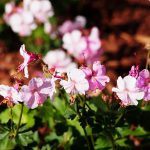
Geranium cantabrigiense ‘Biokovo’
Rarely exceeding 12” tall, they provide dense masses of bloom over attractive mid-green foliage that emits a spicy woodland fragrant when rubbed. A second season of color comes in fall and winter, when the foliage turns shades of red and orange.
Cambridge Geraniums are happy in most soil types, including clay, and thrive in USDA zones 4 through 7. They can also be grown in sunnier exposures with more water, and in full shade with less flowering.

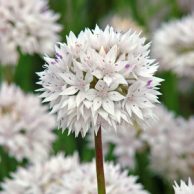
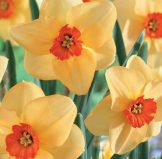
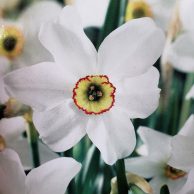
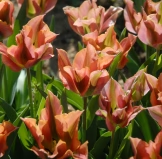 Our staff have been restocking bulbs, and a few favorites have emerged! Mid–October to mid-November is the right time to plant them. Come in this weekend as they’re going fast! We have a curated collection of flowering Allium, Narcissus (daffodils), Crocus, Tulips, and more!
Our staff have been restocking bulbs, and a few favorites have emerged! Mid–October to mid-November is the right time to plant them. Come in this weekend as they’re going fast! We have a curated collection of flowering Allium, Narcissus (daffodils), Crocus, Tulips, and more!
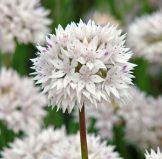 Circa 1857, this delicate-looking yet easy-growing North American native has composite 3″ globes of star-shaped, sparkling white flowers with pale lavender stamens tipped with purple anthers and sturdy stems.
Circa 1857, this delicate-looking yet easy-growing North American native has composite 3″ globes of star-shaped, sparkling white flowers with pale lavender stamens tipped with purple anthers and sturdy stems.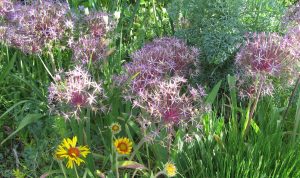
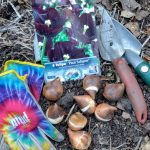


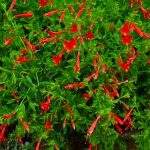
 NEW for 2019!
NEW for 2019!